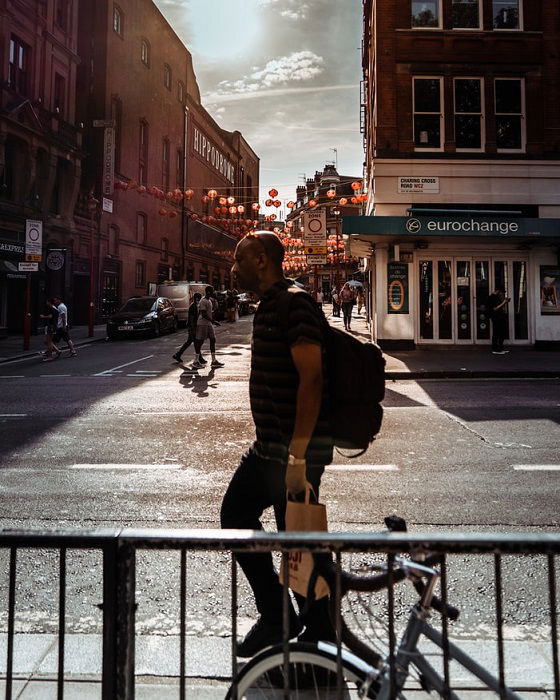Unknown Facts About Framing Streets
Unknown Facts About Framing Streets
Blog Article
How Framing Streets can Save You Time, Stress, and Money.
Table of ContentsThe Single Strategy To Use For Framing StreetsFraming Streets Things To Know Before You Get ThisFraming Streets Can Be Fun For EveryoneSome Ideas on Framing Streets You Should KnowAn Unbiased View of Framing StreetsSee This Report about Framing Streets
, normally with the goal of recording images at a decisive or emotional minute by mindful framing and timing. https://www.directorytogoto.com/articles/framing-streets-capturing-life-in-every-step.
9 Simple Techniques For Framing Streets
Susan Sontag, 1977 Road digital photography can concentrate on people and their behavior in public. In this respect, the street digital photographer resembles social docudrama professional photographers or photojournalists that also operate in public places, but with the objective of capturing relevant occasions. Any one of these photographers' images might capture people and residential property noticeable within or from public places, which typically involves browsing honest problems and legislations of personal privacy, security, and residential or commercial property.
Depictions of daily public life develop a genre in practically every period of world art, beginning in the pre-historic, Sumerian, Egyptian and very early Buddhist art periods. Art dealing with the life of the road, whether within views of cityscapes, or as the leading motif, appears in the West in the canon of the Northern Renaissance, Baroque, Rococo, of Romanticism, Realism, Impressionism and Post-Impressionism.
The Ultimate Guide To Framing Streets
Louis Daguerre: "Boulevard du Holy place" (1838 or 1839) In 1838 or 1839 the first picture of figures in the street was recorded by Louis-Jacques-Mand Daguerre in one of a set of daguerreotype sights drawn from his workshop home window of the Blvd du Holy place in Paris. The second, made at the height of the day, shows an unpopulated stretch of street, while the other was taken at regarding 8:00 am, and as Beaumont Newhall records, "The Blvd, so regularly filled up with a moving throng of pedestrians and carriages was flawlessly singular, other than an individual who was having his boots cleaned.
, who was influenced to undertake a comparable paperwork of New York City. As the city created, Atget helped to promote Parisian streets as a worthwhile topic for digital photography.

About Framing Streets
Between 1946 and 1957 Le Groupe des XV annually exhibited job of this kind. Andre Kertesz. Circus, Budapest, 19 May 1920 Street digital photography formed the significant web content of 2 exhibits at the Museum of Modern Art (Mo, MA) in New York curated by Edward Steichen, 5 French Digital Photographers: Brassai; Cartier-Bresson, Doisneau, Ronis, Izis in 1951 to 1952, and Post-war European Photography in 1953, which exported the principle of street photography internationally.

Facts About Framing Streets Uncovered
, after that a teacher of young children, connected with Evans in 193839.'s 1958 publication,, was significant; raw and frequently out of emphasis, Frank's photos examined mainstream photography of the time, "tested all the official guidelines laid down by Henri Cartier-Bresson and Pedestrian Evans" and "flew in the face of the wholesome pictorialism and genuine photojournalism of American publications like LIFE and Time".
Report this page